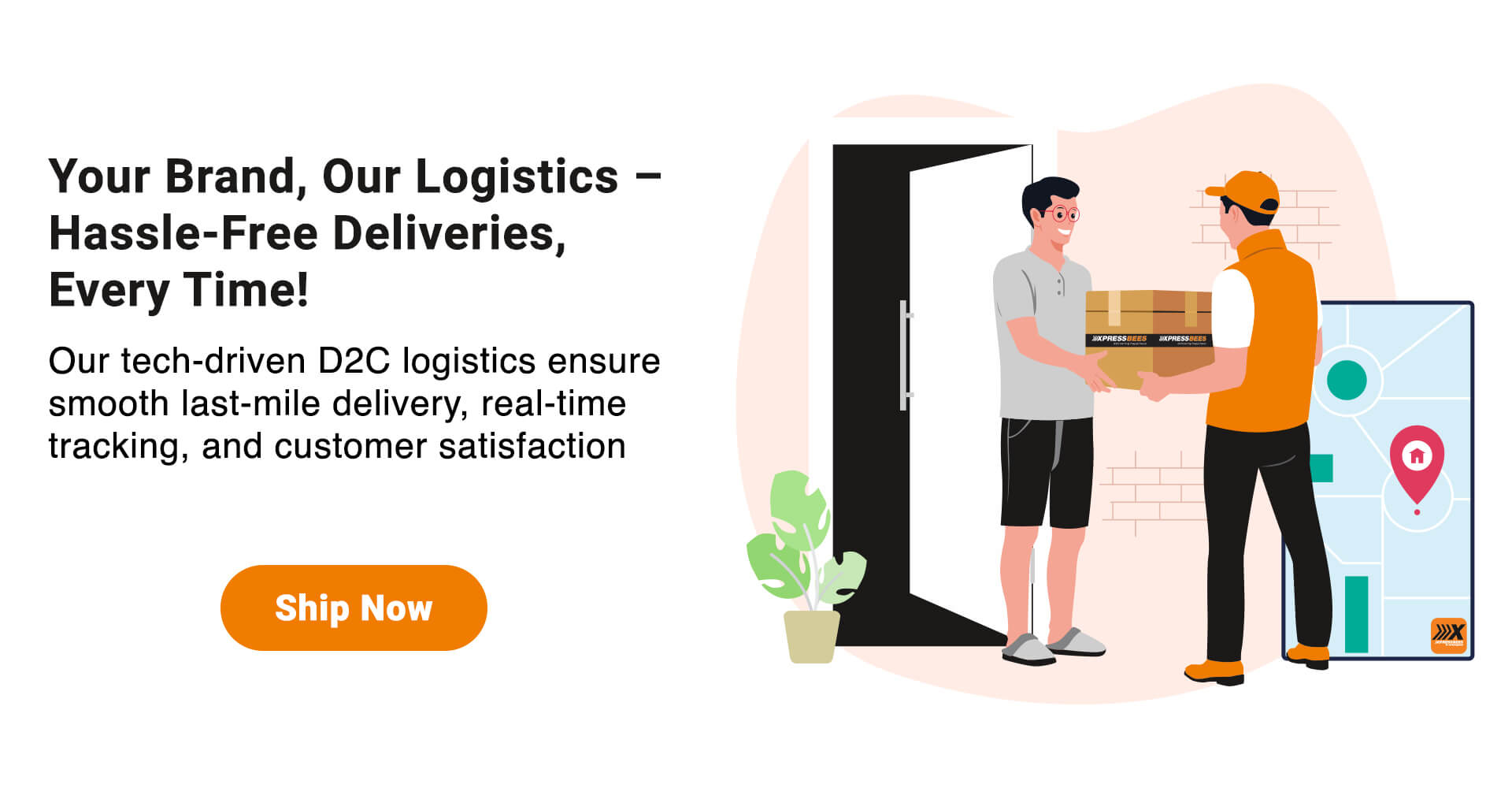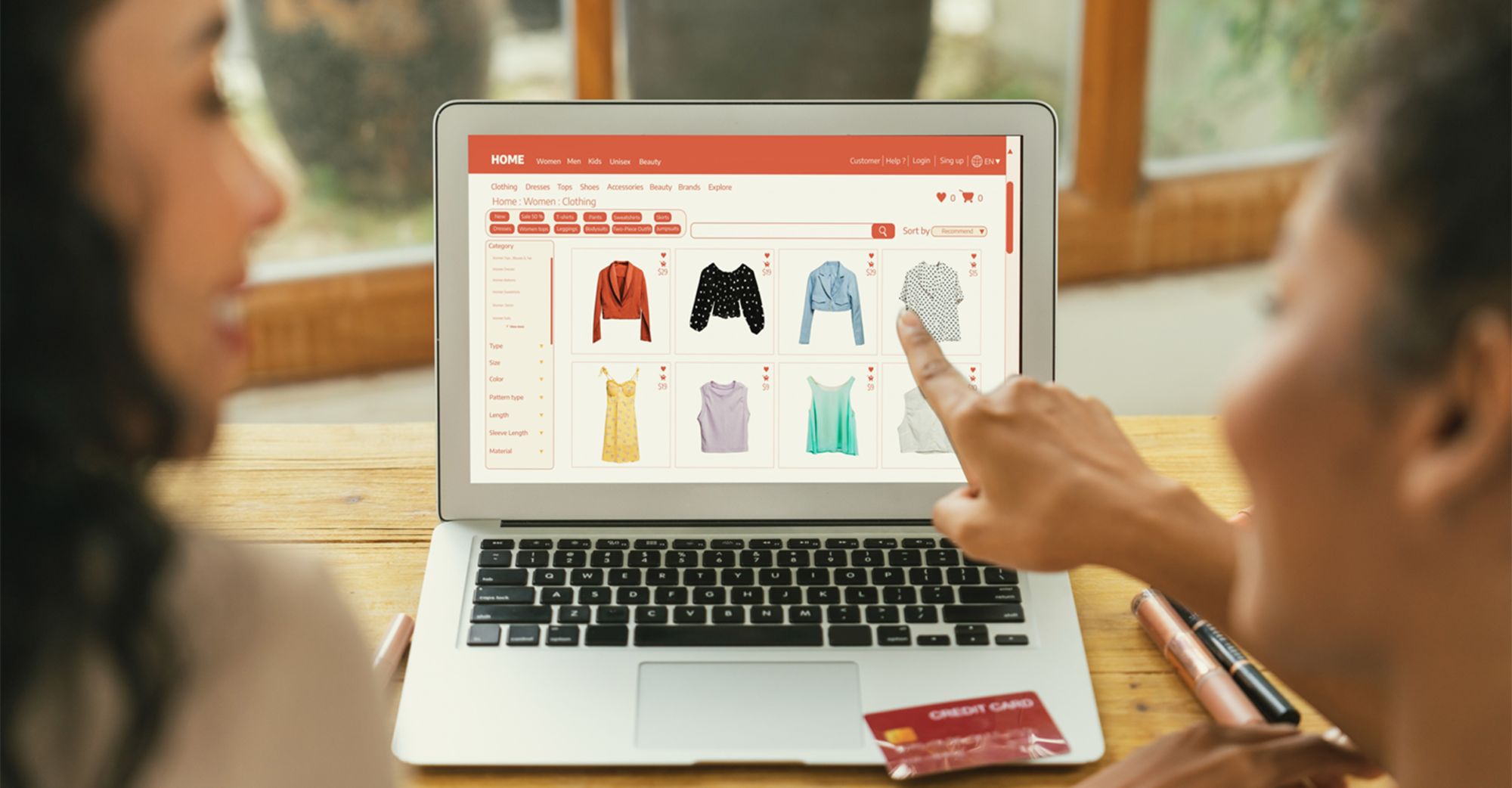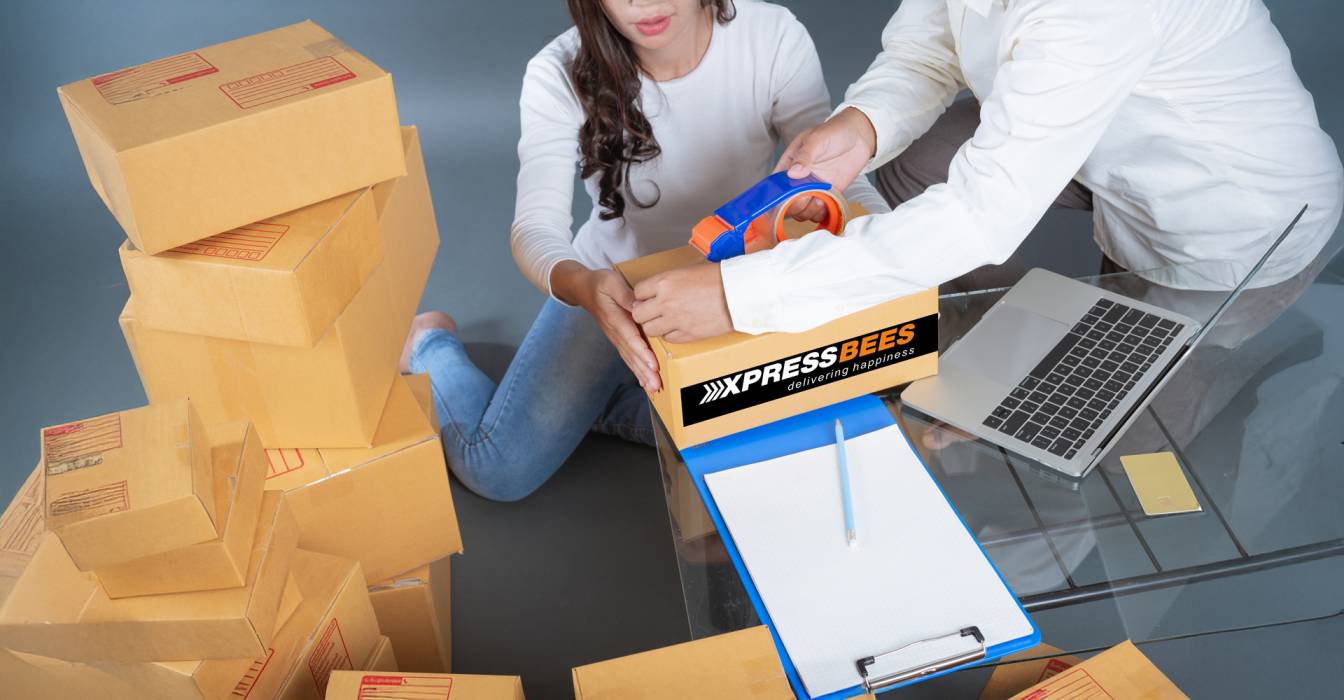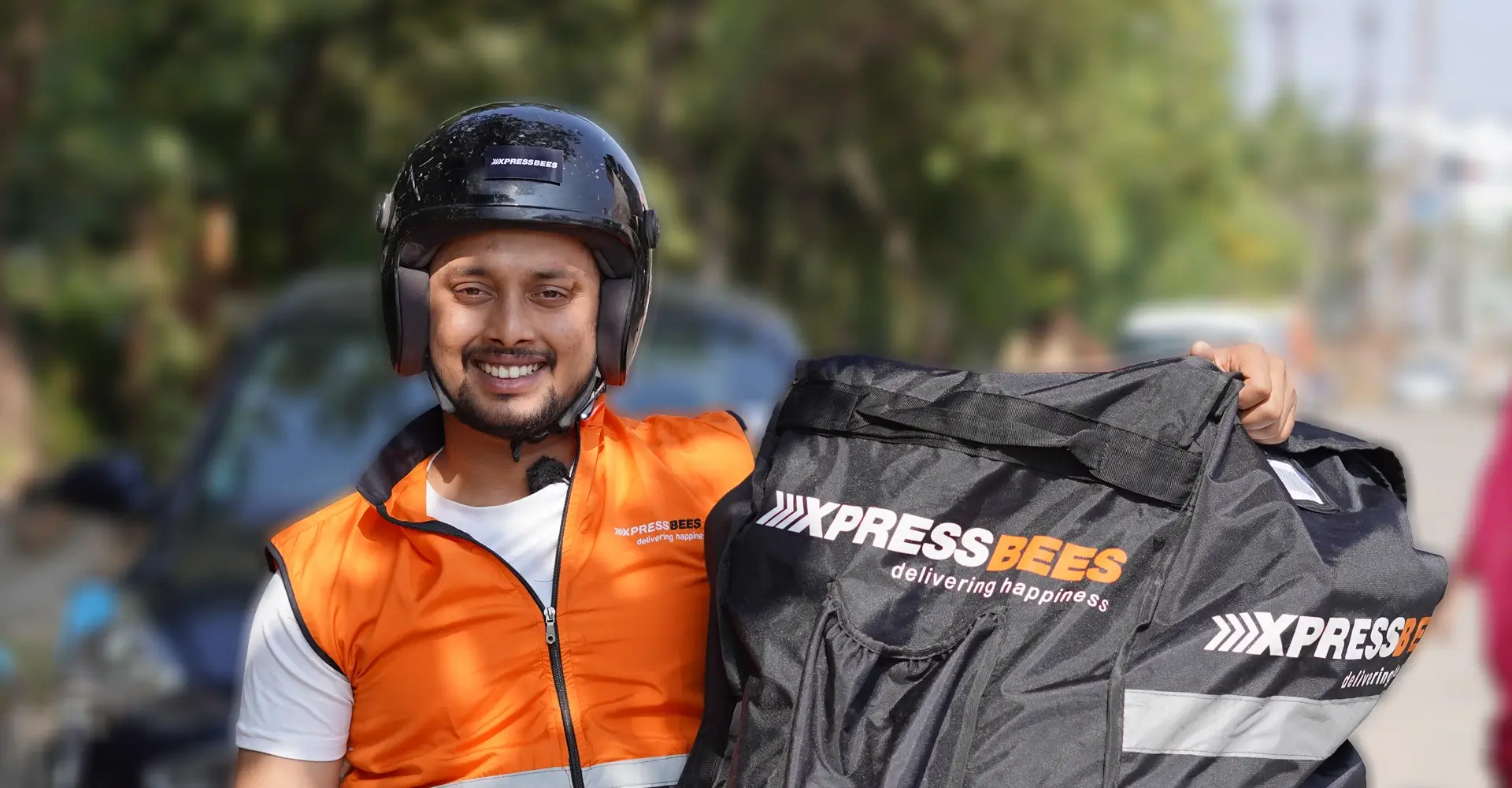Ever wondered why shopping feels so different online versus in a store? Picture this, you walk into your favourite shop, scan the shelves, maybe chat with the salesperson, and leave with your purchase in hand. Now, flip that experience. You are on your phone, scrolling through endless options, adding to cart, and within a day (sometimes hours!), your package is at your doorstep. The end result is the same, you get what you need, but the journey of the product? That is a whole different story.
The difference? How the supply chain works. Traditional retail moves stock in bulk, filling up warehouses and store shelves, while the e-commerce supply chain is all about speed, flexibility, and reaching customers directly. While the traditional retail sector still holds a strong presence, accounting for over 85% of total retail sales in India (Source: India Brand Equity Foundation), it is no surprise that e-commerce in India is set to hit $136 billion by 2026 (Source: IMARC Group), people want convenience and businesses are racing to deliver.
Due to this, businesses face a crucial question: how do they optimise their supply chain to meet modern demands? The traditional model was built for predictability, while e-commerce demands real-time updates, seamless last-mile delivery, and lightning-fast order fulfillment. The right logistics partner, such as XpressBees, helps bridge this gap between traditional retail and the e-commerce supply chain.
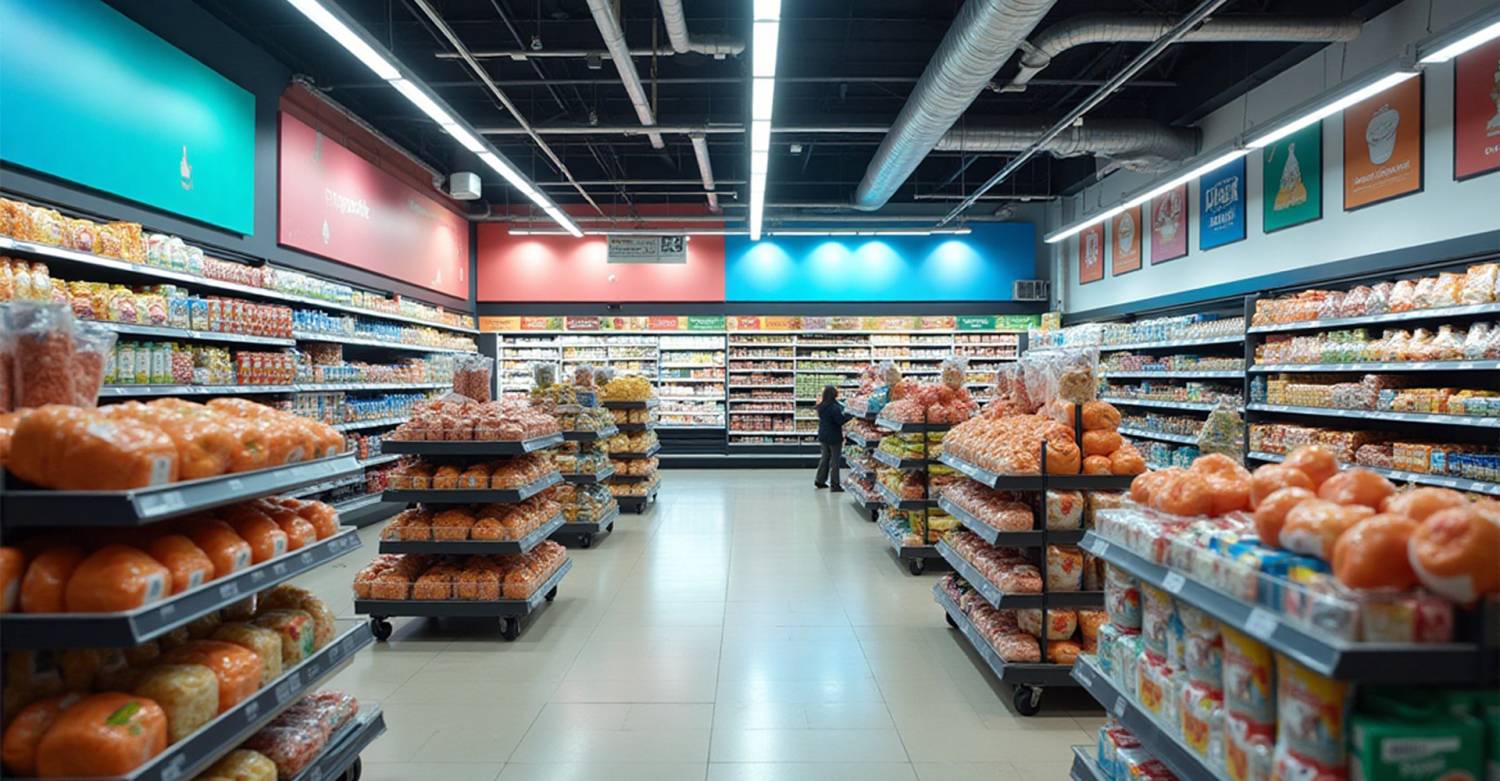
E-commerce supply chain vs. traditional retail: What sets them apart?
The evolution in supply chain management has reshaped how businesses operate. The e-commerce supply chain is built on agility, with rapid warehousing, automated sorting, and real-time tracking, ensuring faster deliveries. In contrast, traditional supply chains rely on bulk stocking and predefined distribution networks. With e-commerce sales expected to account for 22% of total global retail sales by 2026 (Source: eMarketer), businesses must rethink their supply chain strategies to stay competitive.
So, what sets the e-commerce supply chain apart from traditional retail and why is it the talk of the town?
| Feature | E-commerce supply chain | Traditional retail |
| Inventory Management | Distributed warehouses with real-time stock updates | Centralised storage with bulk inventory replenishment |
| Order Fulfillment | Individual orders are processed and shipped directly to customers | Stock is shipped in bulk to retail stores |
| Delivery Model | Last-mile delivery, doorstep shipping, and same-day/next-day delivery options | Customers visit stores to pick up products |
| Customer Experience | Online tracking, personalised recommendations, and flexible return policies | In-store assistance, immediate purchase, and physical product evaluation |
| Supply Chain Complexity | Requires advanced logistics, multiple fulfillment centers, and real-time tracking | More predictable, relies on established supply chains and scheduled restocking |
| Operational Costs | Higher logistics costs due to individual shipping and returns management | Higher costs for store maintenance, staffing, and inventory holding |
| Scalability | Can expand reach without physical store presence, requiring efficient logistics partnerships | Expansion requires a significant investment in new store locations |
With e-commerce redefining supply chain logistics, businesses must rethink how they manage fulfillment, delivery, and customer expectations. The challenge? Balancing speed, cost-efficiency, and seamless execution. That is where Supply chain logistics service providers like XpressBees come in. It offers agility, tech-driven supply chain management in e-commerce to help businesses scale and meet evolving customer demands. But what exactly does XpressBees bring to the table?
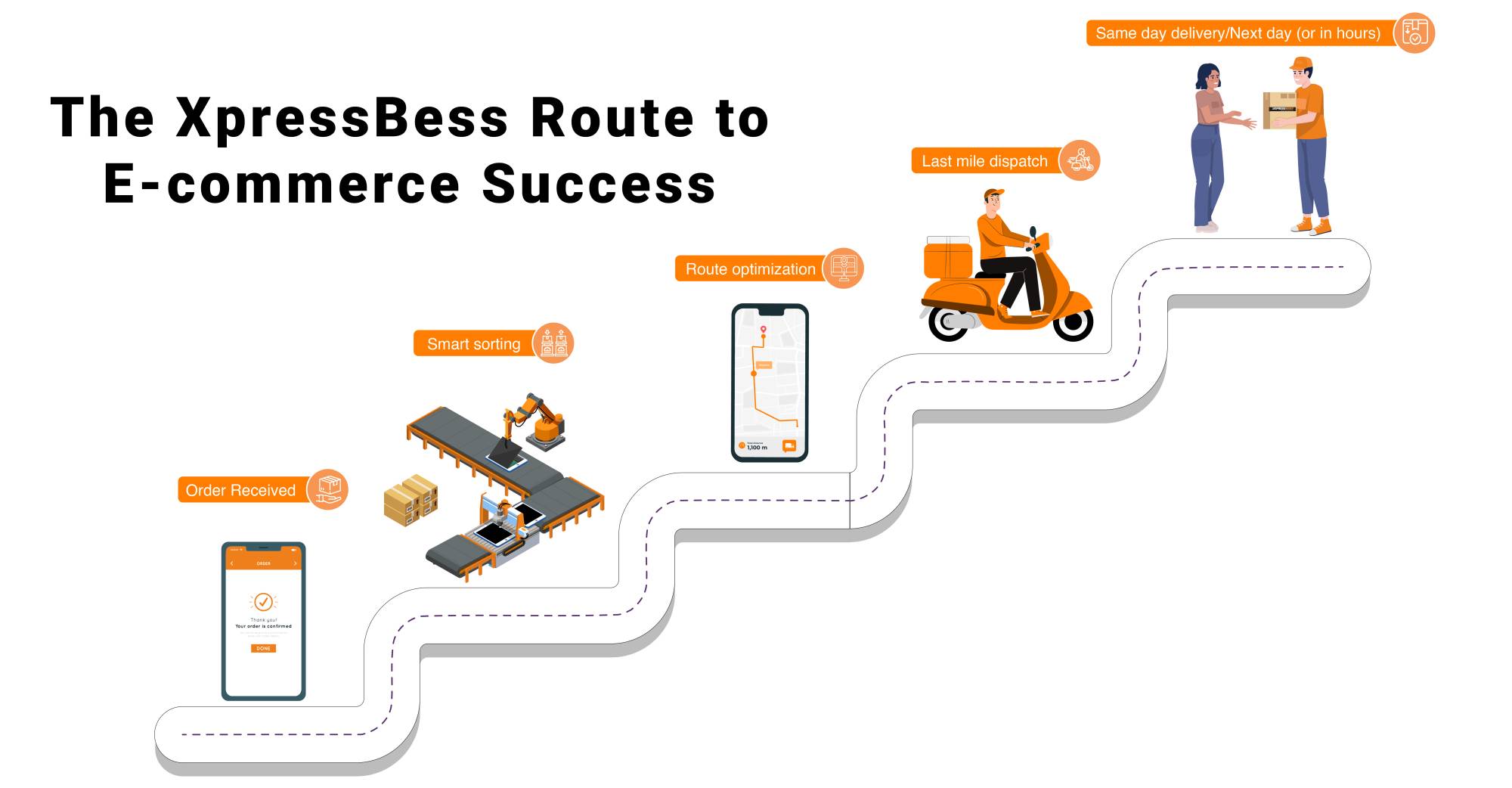
XpressBees in action: A supply chain success story
With the ever-growing demand for faster deliveries, traditional retail models in India struggle to keep up. Businesses need a supply chain partner that can handle vast volumes, optimise deliveries, and ensure real-time tracking. XpressBees delivers exactly that, offering:
- Pan-India reach: Covering 19,000+ pincodes, ensuring businesses can scale effortlessly.
- Speed & efficiency: Same-day delivery across 50 cities and next-day delivery to 7,000 pincodes.
- Reliable fulfillment: 4,500+ fulfillment centres and warehouses across 40+ cities, optimising inventory flow.
- Precision & performance: A remarkable 90%+ on-time delivery rate, minimising delays and ensuring customer satisfaction.
- Trusted by businesses: Over 30,000+ clients, from startups to leading e-commerce brands, rely on XpressBees for their supply chain logistics.
- End-to-end logistics: Seamlessly handling operations in 18,000 pincodes, from first-mile pickup to last-mile delivery.
- Tech-driven optimisation: Tech-enabled route planning and real-time tracking improve efficiency.
- Warehouse management: Strategically placed fulfillment centres reduce transit time.
- Seamless order management: With 2 million+ + shipments handled daily, XpressBees ensures precision, efficiency, and faster turnarounds.
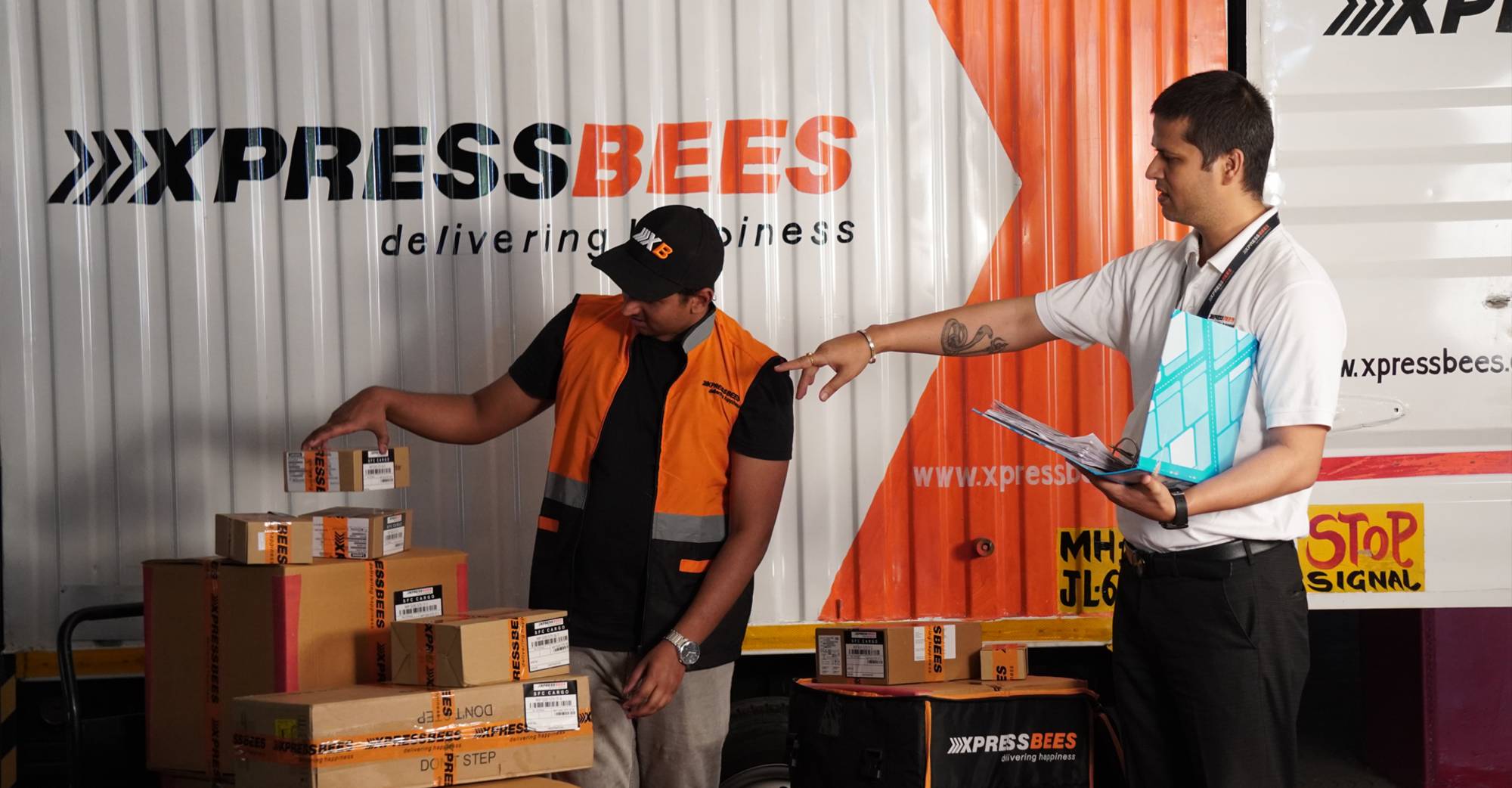
For businesses looking to scale, supply chain logistics is no longer just about moving products, it is about delivering experiences. And with XpressBees, brands gain a supply chain partner that ensures speed, accuracy, and customer satisfaction at every step. Are you ready to optimise your e-commerce supply chain management for the future?
 May 24, 2025
May 24, 2025 8 min read
8 min read